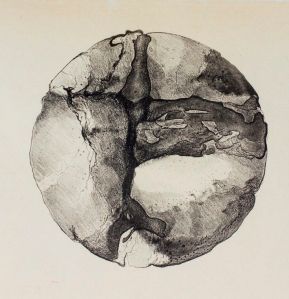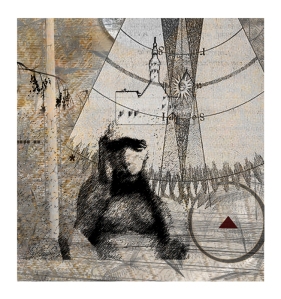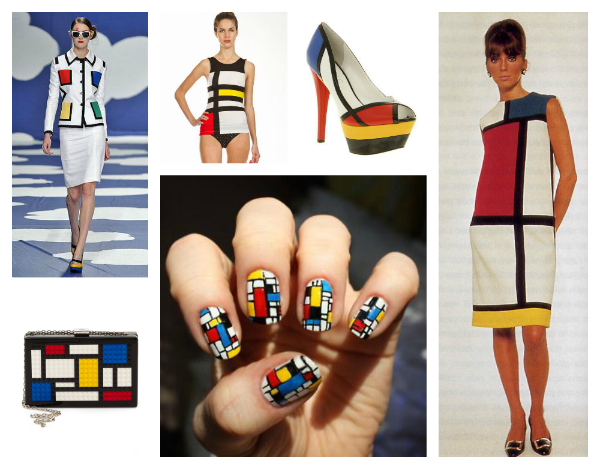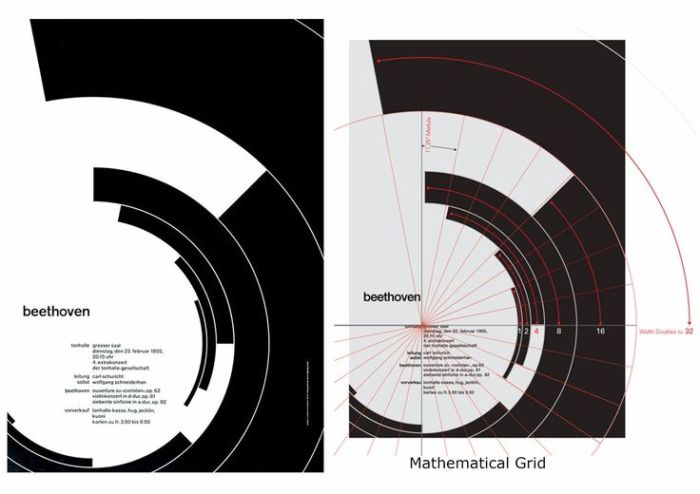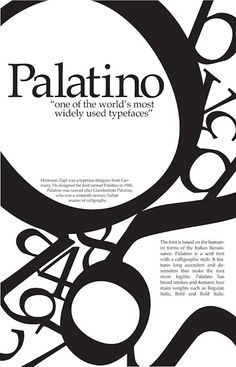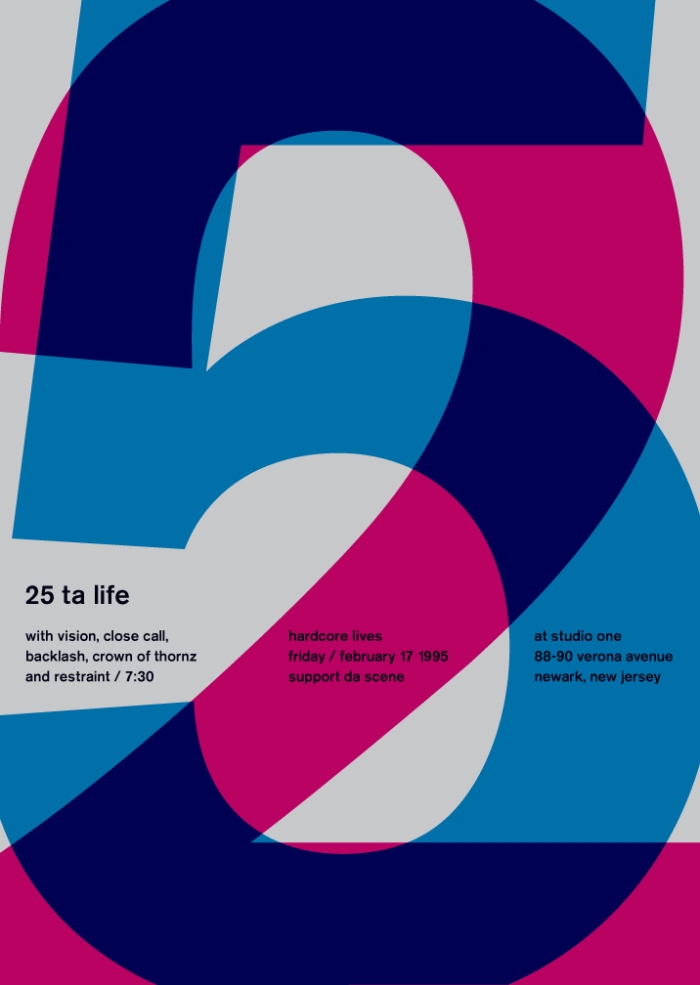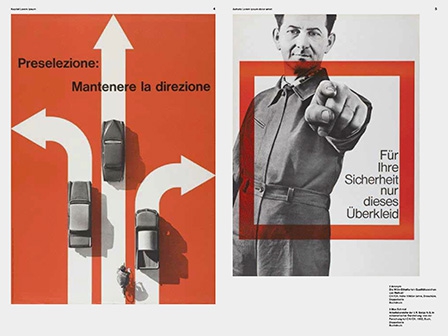1a) Define the term “typography” in your own words.
Typography is the use of letters and words and how they fit together with other elements so it’s readable. This is determined by font, size, space etc witch are all important elements to be considered so the design fits the message it’s designed for. There’s two sides to typography, macro and micro. Macro typography is the overall look of the design – layout, columns, space and how the text fits with images and other elements. And there’s micro typography witch is the choice of fonts, letter-spacing, line heights etc.
1b) Write a few sentences explaining what typography is not.
Typography is not text in artwork, graffiti, making of letters with elements like stones etc, handwritten letters and other random things like this.
1c) Find a case study on typeface development on the Internet. Explain which medium the font developed is best suited for and why. Keep legibility, size and style in mind.
COMIC SANS designed by Vincent Connare
The first font I could name is Comic Sans. It’s also the first font that comes to mind when I think back to when I wrote my schools assignments and made large wall papers. It’s from the days when I could sit for hours and «design» the coolest titles using Microsoft Word’s 3D effects in Word Art. I remember that every note I got from the teachers was written in Comic Sans. Comic Sans was more used then Times New Roman, which was the default font in Word.
When I started my studies to become a Graphic Designer the first thing I learned from a large number of design blogs and articles is that Comic Sans is the worst font that has been designed and that it should never be used by a professional designer. Why is that?
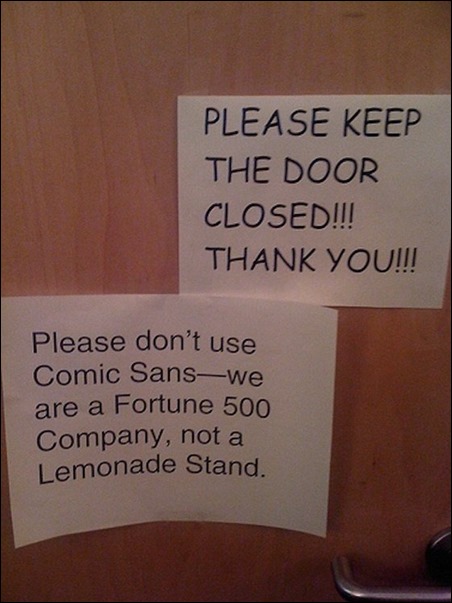
Comic Sans was designed by Vincent Connare in 1995. At that time he worked for Microsoft and that was the time when Microsoft designed computers which was ment to be in every home and every office all over the world. World domination. He was given a beta version of Microsoft Bob, a software designed for younger users. He reacted when he was that Times New Roman was used in the talking bubbles. It looked really out of place so he decided to design a more fitting font.

He didn’t finish the design so it got released with the odd looking text. This font was mainly intended to be used in applications for kids but was in fact included in the Windows 95 Plus Pack. Later it was included as a system font and used in a program for making comics movies. Now it’s a system font for both Windows and Mac OS. When Vincent Connare is asked about why he think his font gained a such great success he answers:
Regular people who are not typographers or graphic designers choose Comic Sans because they like it, it’s as simple as that. Comic Sans isn’t complicated, it isn’t sophisticated, it isn’t the same old text typeface like in a newspaper. It’s just fun — and that ‘s why people like it.
So that is why. But does it work? Yes it works for what it was designed for, a comic book font. It’s actually quite perfect for comic books because of the childlike and bit handwritten look. But if you want to use it in a design or write larger texts the font faults. Ironically it has really poor readability because of the uneven design of the letters. The lines of the letters are uneven and some of the letters, like the «e» and «t» stands out from the rest of the letters. That makes the eye stop or pause for a bit when the text is being read. Also, the letterfit, kerning, is really poor. It all just looks very random. This fonts does not handle weight very well either. When weight is added the letters become even more uneven and random to look at.


If Comic Sans is dramatically sized up or used for a very small amount of words it works. But since it’s a very childish font it can be used for anything but childish messages or designs that are a bit unserious. It’s very hard to read in small size and in a large amount. It doesn’t work on screen or on small print. But it does work for what it was designed for, a program for children on a computer from 1995. It’s a shame that was included in Windows 95 because that ruined the font. Comic Sans was used by everybody on print and this is a font that was designed the be one screen back in the days when Windows didn’t have anti-aliasing. And that is why it got «hated». There’s even a movement now trying to remove it.

3a. Complete the exercise files that came with the Lynda video Indesign Typography. Upload them to WordPress.
I did watch the entire thing and did all the excersises. It’s fair to say that I learned a lot and really appreciate these Lynda courses we have to watch! I haven’t uploaded the files because they are so many, but I did do them.
3b. Use your design software to design a newspaper front page. Pay special attention to typography (size, leading, column width, etc.).
I decided to copy Dagbladet because this is a newspaper that has a very complicated front page and doesn’t really look like a newspaper anymore. A challenge. I have left out a few design elements because I had to save some time. All of the pictures is from google searches.


3b. Use your design software to design a double-page spread (DPS) for your favorite magazine:
I don’t read magazines but I did before. So I decided to design a double spread for a interior magazine. When I did read magazines I especially loved the layout in the interior magazines because they are minimalistic and easy.












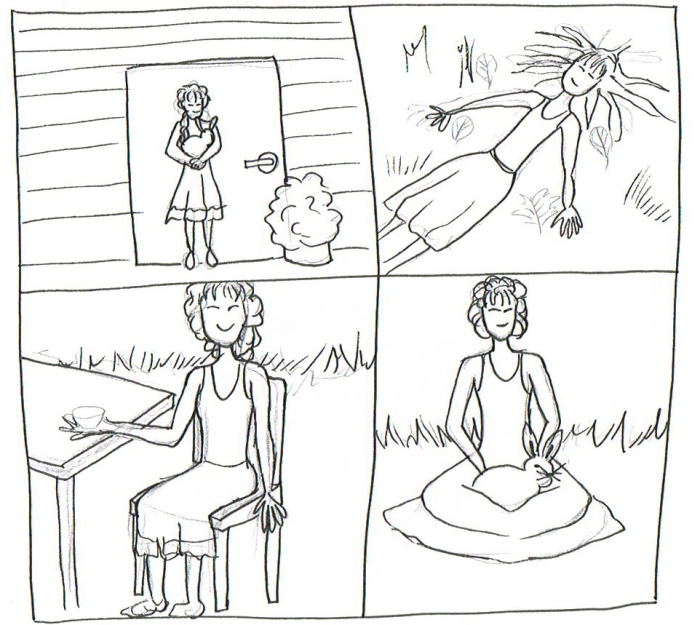

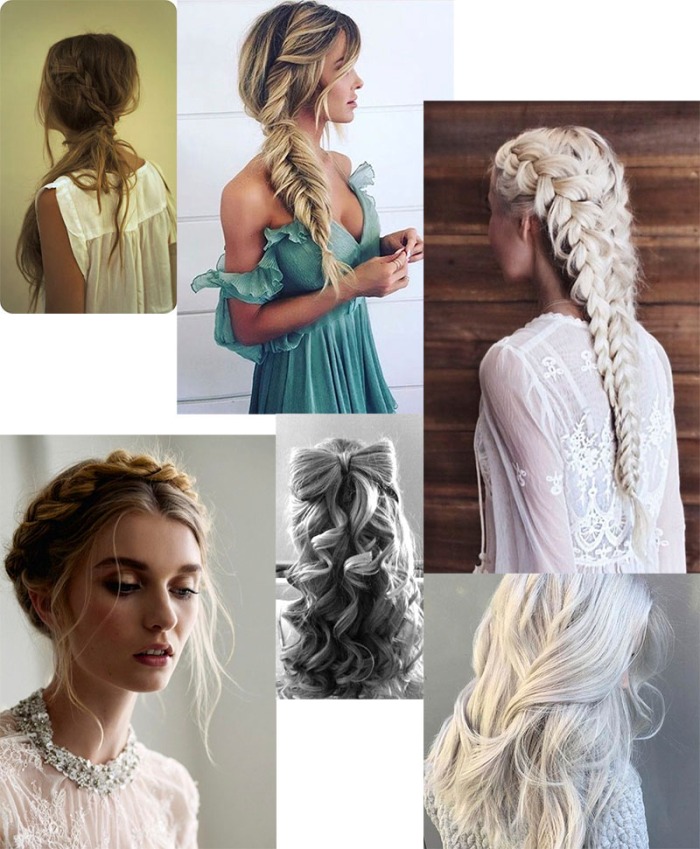

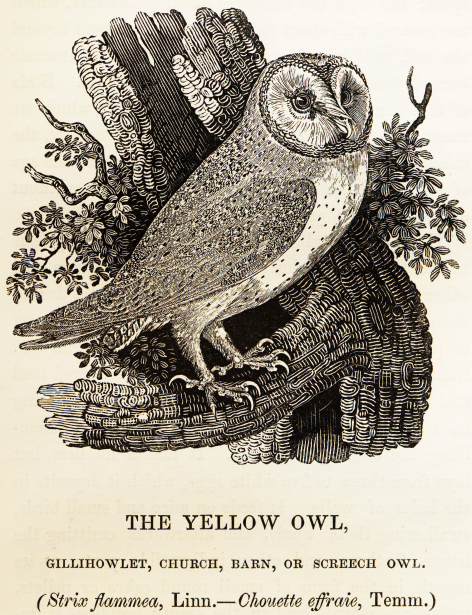



 Engraving:
Engraving: